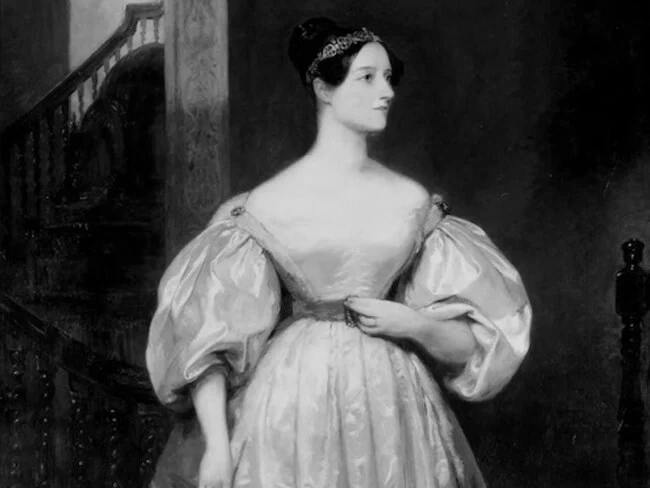
Ada Lovelace
Augusta Ada King-Noel, Countess of Lovelace, was an English mathematician and writer, and is often considered to be the first computer programmer! Lovelace was the first to recognise the full potential of a 'computing machine', suggesting it had applications beyond pure calculations.
Read More
Annie Easley
Annie Easley developed and implemented code used in researching energy-conversion systems, analyzing alternative power technology—including the battery technology that was used for early hybrid vehicles, as well as for the NASA Centaur upper-stage rocket.
Read More


